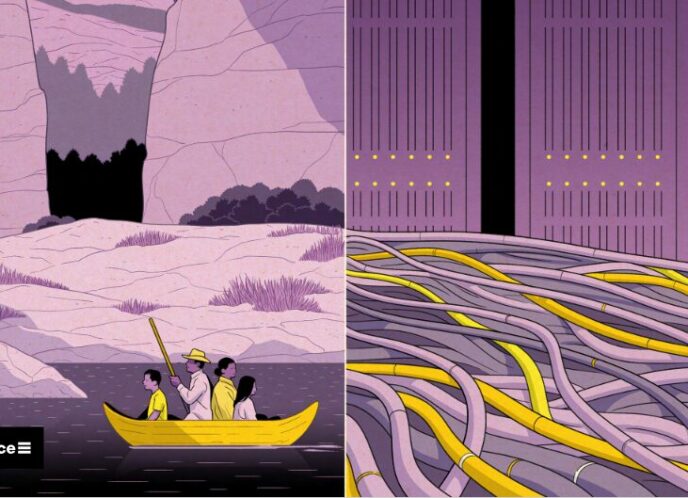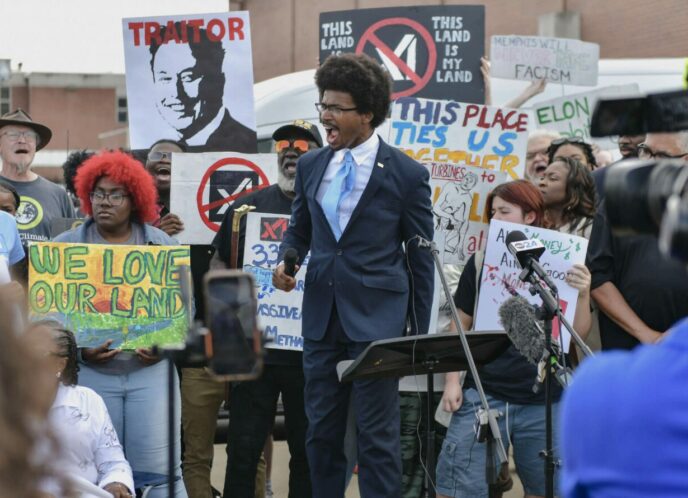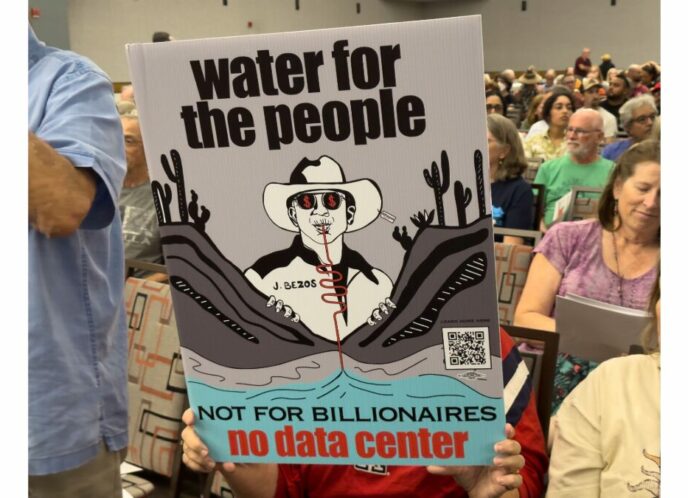Q: Can you tell me briefly how you got involved with LPFM and community radio?
Loving community radio like we do, we were both excited to learn about LPFM. When I got my job supporting all kinds of public media at Brown Paper Tickets, I brought my passion about LPFM with me and started thinking about the ways I could leverage my company's resources to pitch in.
Q: What role do you see it playing in the social justice movement?
A: We've all only just begun to imagine the possibilities. It's come at a moment when community radio, which has historically supported and amplified social justice work, is in transition. Some might say crisis and some might say opportunity. What I know is that I've seen a burst of interest in LPFM from communities who have historically not been part of public media and those who love it but couldn't access existing institutions. With that energy comes new ideas about how to pay for this work and to ensure it's relevant. With it comes more physical places where new voices can experiment with content and create a community of practice where they can build their skills for making their own media.
It's a public media infrastructure build-out. Through it, more people have something to organize around at the neighborhood level. There's an opportunity to create a network of independent stations that move work forward in their communities. They can be both anchor and propeller. There's nothing like a live radio deadline to make organizers accountable and generative.
Q: Through your role at Brown Paper Tickets, which groups are you working with in Seattle to help them apply for LFPM Radio licenses? What's the significance if one or more are granted one?
A: I'm working with 16 applicants including Pike Place Market, OneAmerica, South East Effective Development/El Centro de la Raza, Hollow Earth Radio, and local universities. Likely only eight will get frequencies, so through convening meetings and producing events over many months, I've been laying the foundation for them to collaborate rather than compete. When some get frequencies and some don't, partnerships will be easier to form. Even if they don't, these organizations will have developed the will and the capacity to make their own media and get creative about distribution.
I'm encouraging them to build toward being multi-platform media hubs. Also, to begin broadcasting online or making podcasts soon. It will help them to work out the systems they will need to run a radio station and to create a destination to build community around.
Multiple city departments have offered technical assistance, introductions to their networks, and funding. There's nine million in local public agency funding that local applicants are eligible to apply for due to their neighborhood size. I hear more people talking about how if media has sense of place and a strong brand, distribution platform doesn't matter much. LPFM is great for "place-making". Listeners can get it in their homes while they do dishes and stream it in the "connected cars" of the future because they want to hear about their neighborhood and not from a syndicated national show on a commercial station. Ultimately, how can the local media landscape not shift? Also, can I fit more words in with air quotes?
See some of the Seattle area applicants talk about what they plan on doing with their frequencies (around 11 minutes in):
http://www.seattlechannel.org/videos/video.asp?ID=5011355&file=1
Q: How can a radio station be a game-changer for a grassroots organization?
A: A couple Seattle area applicants have relationships with MAG-Net. OneAmerica's Rahwa Habte has attended MJLI and the Allied Media Conference through our shared work with a community arts and organizing group called Hidmo. Organizers with Hollow Earth Radio have been coming to MAG-Net meetings and events for years.
OneAmerica is Washington State's largest immigrant rights advocacy organizations. They hope to reach listeners in several East African languages like Somali and Tigrina, as well as in Spanish. They are thinking about a couple satellite studios housed with community partners so that the tools and training for making media are even more accessible.
Hollow Earth Radio has been a volunteer run freeform online broadcaster for eight years. They hope to reach their neighbors without computers or online access. They applied for and received funding from the city to build a community based newsroom in partnership with a local blog. This work will happen long before they get a frequency as an extension of their online presence.




